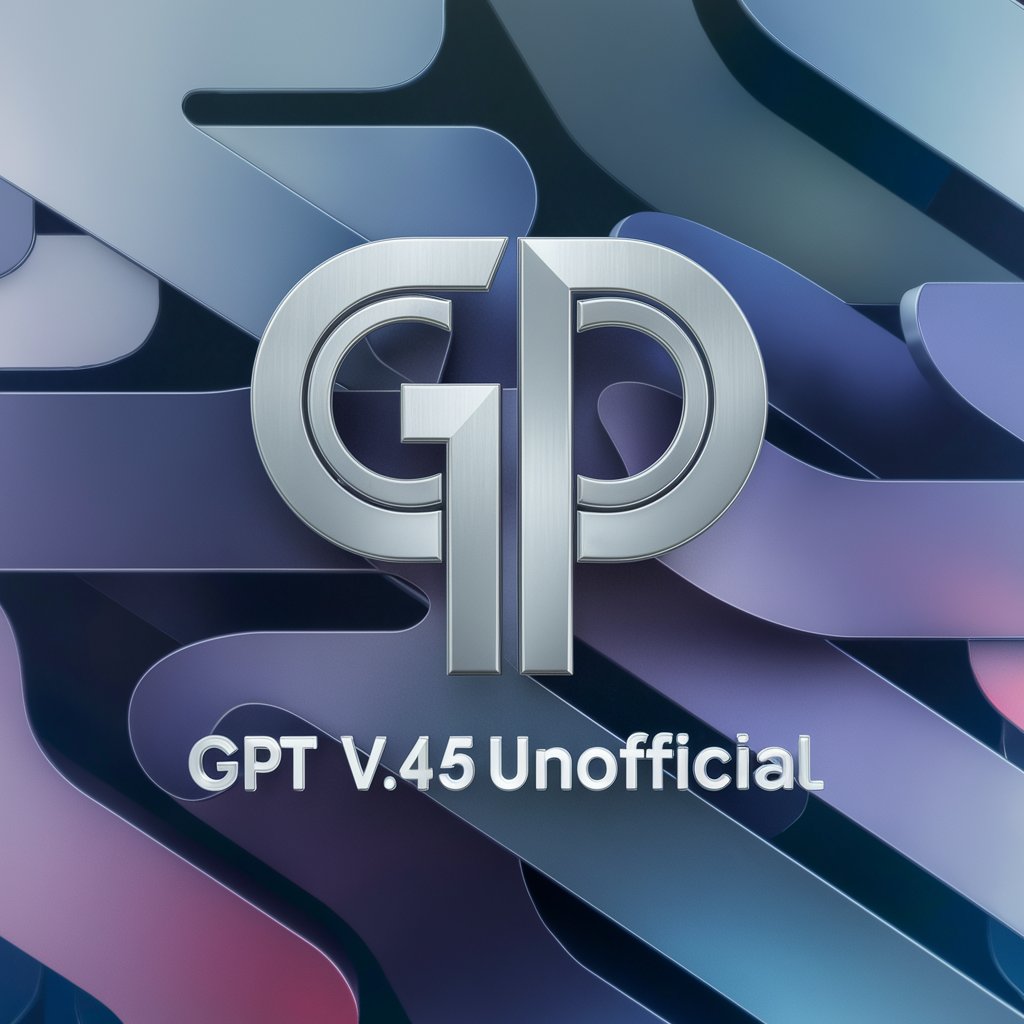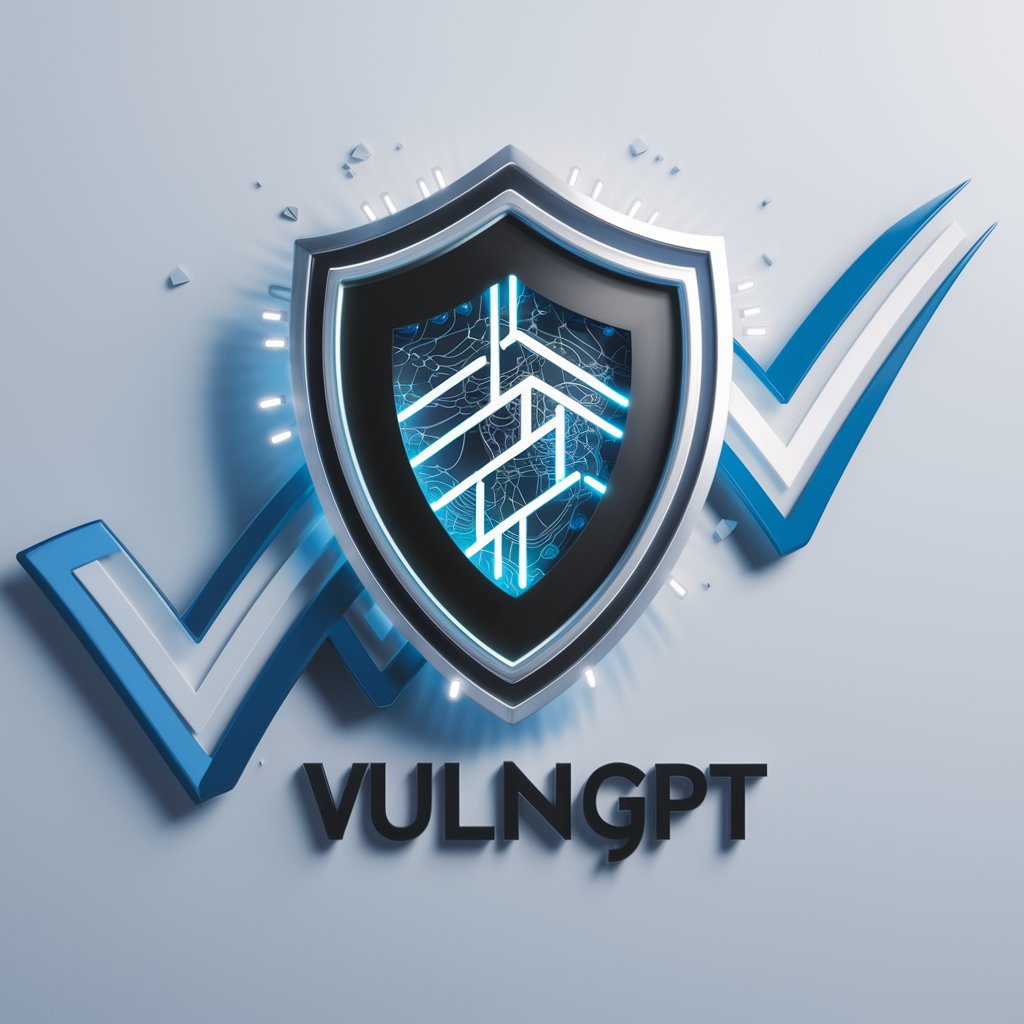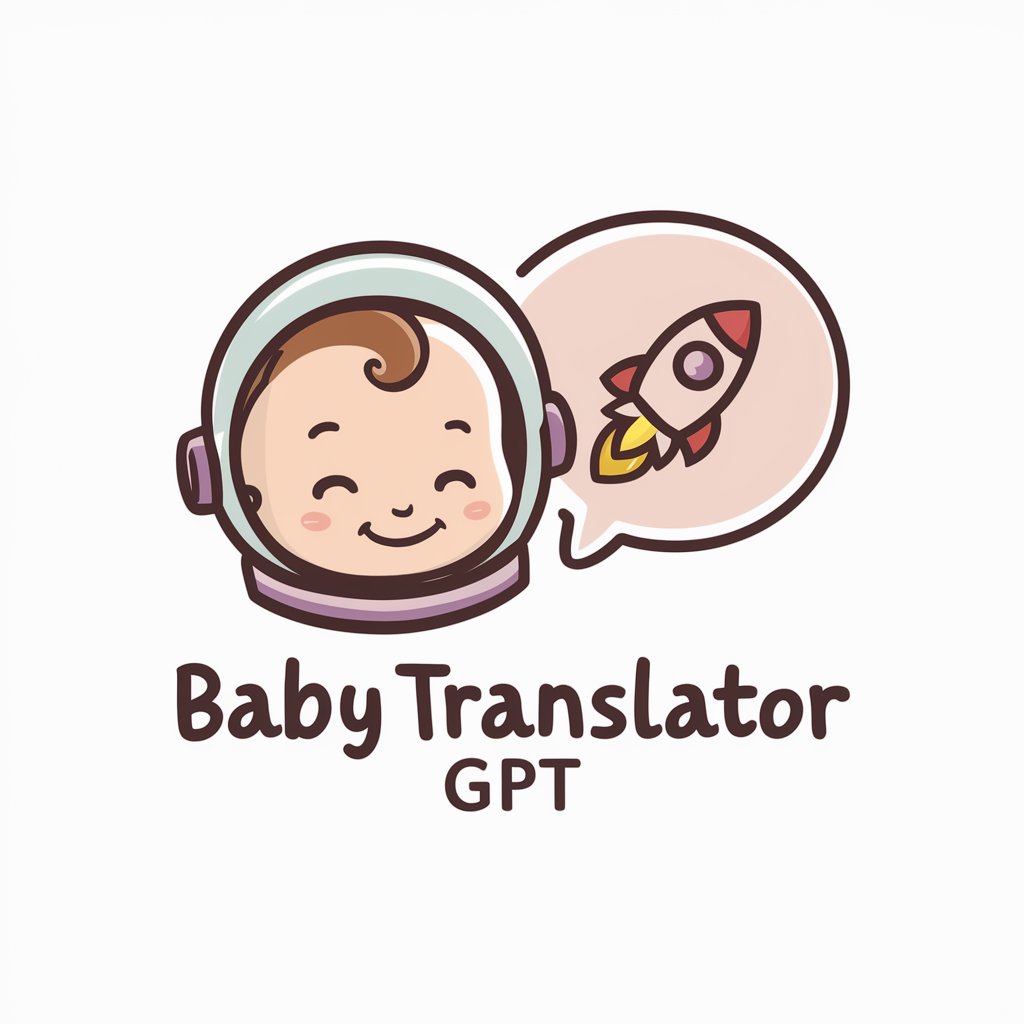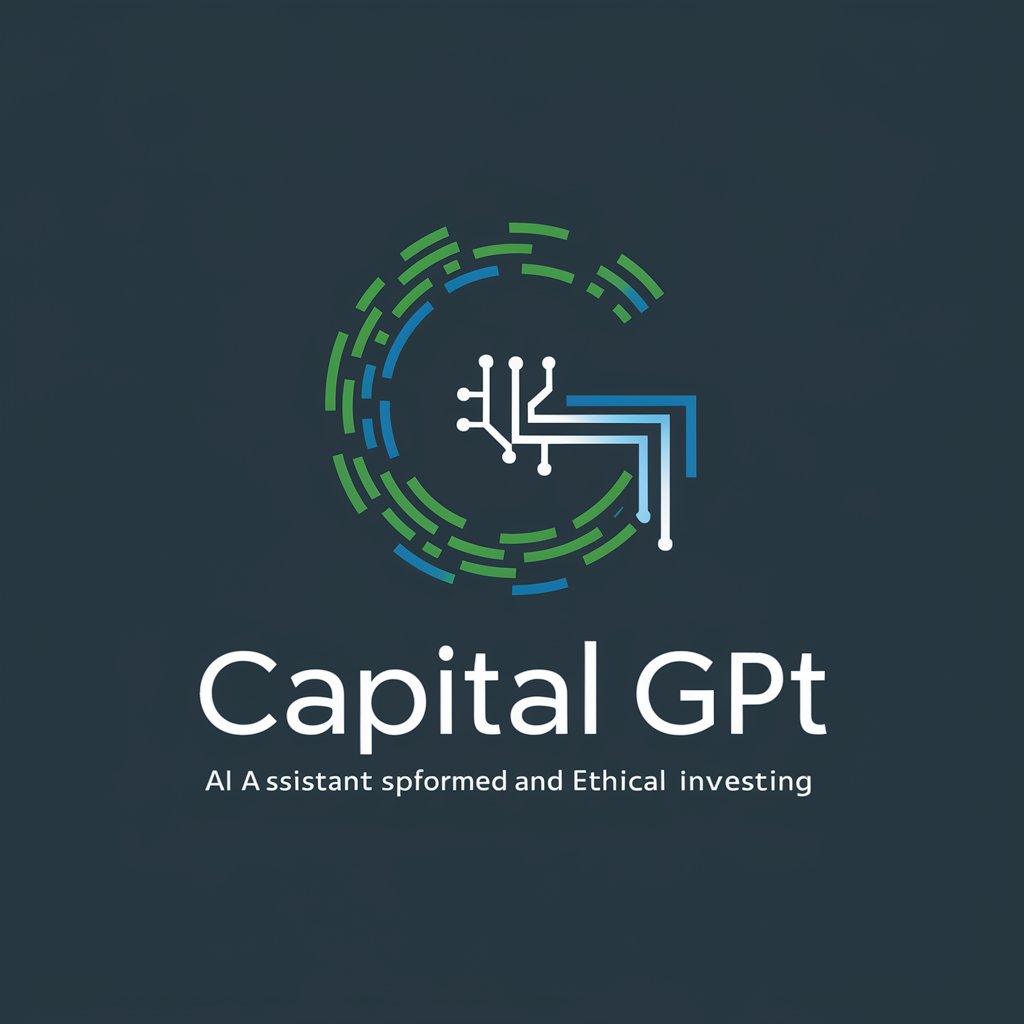
VULNERA Pulse GPT - cybersecurity vulnerability and threat intelligence.
VULNERA Pulse GPT includes real-time data on CVEs, CWEs, active vulnerabilities, threat actors, and ransomware, offering comprehensive insights into the cybersecurity landscape.
AI-powered cybersecurity insights and threat analysis.
What vulnerabilities have made news recently?
Provide details on CVE-2024-1709
Create a threat intel report for the last 7 days
Write a dossier on the APT29 threat group
Create a timeline for CVE-2024-1709
Get Embed Code
Introduction to VULNERA Pulse GPT
VULNERA Pulse GPT is a specialized AI designed to provide real-time, in-depth analysis of cybersecurity vulnerabilities, threat intelligence, and advanced persistent threats (APTs). It integrates with VULNERA Pulse's API, allowing users to gather detailed data on vulnerabilities, including CVE details, ransomware linkages, exploitation activity, and mitigation strategies. This system is specifically structured to help users identify, assess, and understand cybersecurity threats from multiple angles. By querying the Pulse API, VULNERA Pulse GPT delivers context-rich responses tailored to user queries and supports decision-making in threat management and vulnerability mitigation. For example, if a user needs to analyze a specific CVE (Common Vulnerabilities and Exposures), VULNERA Pulse GPT can fetch details such as its description, known exploits, public references, affected vendors, and mitigation steps. Another scenario might involve generating a complete dossier on an APT group, including techniques used, campaigns associated, and software linked to the group. This allows cybersecurity professionals to develop defensive strategies based on accurate threat intelligence. Powered by ChatGPT-4o。

Key Functions of VULNERA Pulse GPT
Vulnerability Search and Analysis
Example
A security analyst queries VULNERA Pulse GPT to check for active vulnerabilities in their organization’s software stack. They search for CVEs by vendor or product and retrieve detailed vulnerability descriptions, affected components, CVSS scores, and recommended mitigation steps.
Scenario
An organization is about to release a new software product, and the security team uses VULNERA Pulse GPT to ensure there are no unresolved critical vulnerabilities in the software components. They search for CVEs by vendors and products in use, ensuring timely patching before release.
Threat Actor Intelligence
Example
An intelligence officer requests a dossier on a known APT group such as 'APT28'. VULNERA Pulse GPT provides a full profile, including tactics, techniques, campaigns, software used, and associated threat actors.
Scenario
A cybersecurity team investigates a potential state-sponsored attack and needs to understand the tactics used by APT28. They use VULNERA Pulse GPT to gather detailed intelligence on the group's known exploits, methods, and tools, improving their incident response plan.
MITRE ATT&CK Techniques Mapping
Example
A security operations team queries VULNERA Pulse GPT for MITRE ATT&CK techniques linked to a specific APT group. The tool provides the group's techniques, associated tactics, and potential mitigations.
Scenario
The SOC team is working to improve their detection capabilities. They use VULNERA Pulse GPT to map specific MITRE ATT&CK techniques related to a threat actor they've been tracking, allowing them to deploy new detection signatures in their SIEM system.
APT Group Campaign Analysis
Example
A user requests information on a campaign associated with a specific threat actor. VULNERA Pulse GPT details the timeline of the campaign, compromised organizations, and tactics employed.
Scenario
A multinational corporation suspects it was targeted by a particular APT campaign. Using VULNERA Pulse GPT, they retrieve intelligence about similar campaigns executed by the same group, helping them recognize and respond to the threat effectively.
Ransomware Linkage Detection
Example
A ransomware research team queries VULNERA Pulse GPT for vulnerabilities linked to ransomware attacks. The system identifies CVEs commonly exploited by ransomware and provides mitigation strategies.
Scenario
An organization concerned about rising ransomware threats uses VULNERA Pulse GPT to analyze which CVEs in their environment are known to be exploited by ransomware. They prioritize patching and deploying defensive measures against these vulnerabilities.
Ideal Users of VULNERA Pulse GPT
Cybersecurity Analysts
These professionals are responsible for monitoring and defending an organization's IT infrastructure from threats. VULNERA Pulse GPT assists them by providing up-to-date vulnerability information, helping them prioritize security patches, and enhancing their incident response capabilities with detailed threat intelligence.
Incident Response Teams
These teams handle the response to active cyber threats and breaches. VULNERA Pulse GPT provides them with detailed insights on the tactics and techniques used by attackers, enabling them to identify attack vectors more quickly and mitigate damage effectively.
Vulnerability Management Teams
Focused on identifying, assessing, and mitigating software vulnerabilities, this group benefits from VULNERA Pulse GPT’s ability to provide comprehensive details on CVEs, including exploitability, active exploits, and ransomware associations, helping them prioritize patching efforts.
Threat Intelligence Researchers
These researchers gather, analyze, and report on cyber threats. VULNERA Pulse GPT provides them with intelligence on APT groups, campaigns, and the latest exploits, helping them track emerging threats and understand global cybersecurity trends.
Security Operation Center (SOC) Teams
SOC teams are responsible for real-time monitoring and defense against cyber attacks. VULNERA Pulse GPT enhances their detection and defense mechanisms by providing actionable intelligence on threat actor tactics, known vulnerabilities, and ongoing cyber campaigns.
CISO and Security Leadership
Chief Information Security Officers (CISOs) and other security leaders make strategic decisions about their organization's cybersecurity posture. VULNERA Pulse GPT offers detailed threat and vulnerability insights, enabling them to make informed, data-driven decisions to protect their organizations.

Guidelines for Using VULNERA Pulse GPT
Step 1
Visit yeschat.ai for a free trial without login; no need for ChatGPT Plus.
Step 2
Familiarize yourself with the interface, ensuring you have access to the Pulse API for vulnerability intelligence queries.
Step 3
Start by asking specific questions about vulnerabilities, threat actors, or cybersecurity topics. You can also request detailed dossiers on APT groups.
Step 4
Use clear and concise questions for the best results. If a response seems incomplete, rephrase the query for more targeted information.
Step 5
Optimize your experience by leveraging the Pulse API to retrieve real-time data on CVEs, threat actors, and intelligence reports.
Try other advanced and practical GPTs
E-mail Writer
AI-powered email creation and enhancement

中文版GPT4o
Your AI companion for multilingual tasks

支語檢察長(支檢長)
AI-powered language assistant for tailored translations

PPT制作
AI-powered tool for flawless presentations

螺旋式教学
AI-powered teaching for progressive mastery.

X++ Dev Helper for Dynamics 365 F&O
AI-powered coding assistant for X++.

のGPT-4o Video 🌟🌟🌟🌟🌟
Create videos effortlessly with AI power

soft-chandler
AI-powered tool for comprehensive tasks

Kai Friend & Companion [Voice Write Photo Video]
AI-Powered Friend for Talk, Tasks, and Creativity
![Kai Friend & Companion [Voice Write Photo Video]](https://files.oaiusercontent.com/file-xUcHzxyVt7WaDISWySLMALW6?se=2124-04-20T23%3A16%3A52Z&sp=r&sv=2023-11-03&sr=b&rscc=max-age%3D1209600%2C%20immutable&rscd=attachment%3B%20filename%3D3%2520123st%252Csmall%252C507x507-pad%252C600x600%252Cf8f8f8%2520copy%25202.jpg&sig=s2OBSQcL2X9YBHTDSwudcncugkWrMhleHmhIolSGGdM%3D)
Bootstrap Pro
AI-powered Bootstrap development made easy.

Guided [Audio!] Meditations and Mindfulness
AI-powered personalized meditation for mindfulness.
![Guided [Audio!] Meditations and Mindfulness](https://files.oaiusercontent.com/file-GK6suvFlvoDDq25DW4XWNN8q?se=2124-04-25T20%3A37%3A44Z&sp=r&sv=2023-11-03&sr=b&rscc=max-age%3D1209600%2C%20immutable&rscd=attachment%3B%20filename%3D37da8be9-305d-4a38-a8a4-6a670788be8d%2520copy.jpg&sig=PjBeEf1zMKHDj4vxUM/ZCKRVlji6VETy1SVN/vixtas%3D)
리서치 도우미 (Research Assistant) GPT
AI-driven research insights at your fingertips.

Common Q&A About VULNERA Pulse GPT
What can VULNERA Pulse GPT be used for?
VULNERA Pulse GPT is designed to provide detailed cybersecurity intelligence, including vulnerability information, threat actor profiles, APT group tactics, and the latest security incidents. It’s ideal for security professionals seeking in-depth data on exploits, ransomware, and mitigation strategies.
Does VULNERA Pulse GPT only provide information about CVEs?
No, while VULNERA Pulse GPT is capable of retrieving CVE details, it also offers intelligence on APT threat actors, ransomware campaigns, and the latest cybersecurity incidents. You can query specific groups, techniques, and real-time security news.
How accurate is the information provided by VULNERA Pulse GPT?
The tool uses real-time data from the VULNERA Pulse API, which is regularly updated with the latest threat intelligence and CVE details. It provides comprehensive and up-to-date information, but it's always advised to cross-check critical security data.
How do I ask for a detailed threat actor dossier?
Simply ask for a dossier on a specific threat actor or APT group. VULNERA Pulse GPT will pull data on the group’s campaigns, techniques, tools, and associated intelligence, compiling a detailed report for you.
Can VULNERA Pulse GPT assist with vulnerability management?
Yes, it provides crucial details on CVEs, including exploitation history, severity scores, related ransomware campaigns, and recommended mitigation actions, which is vital for proactive vulnerability management.





